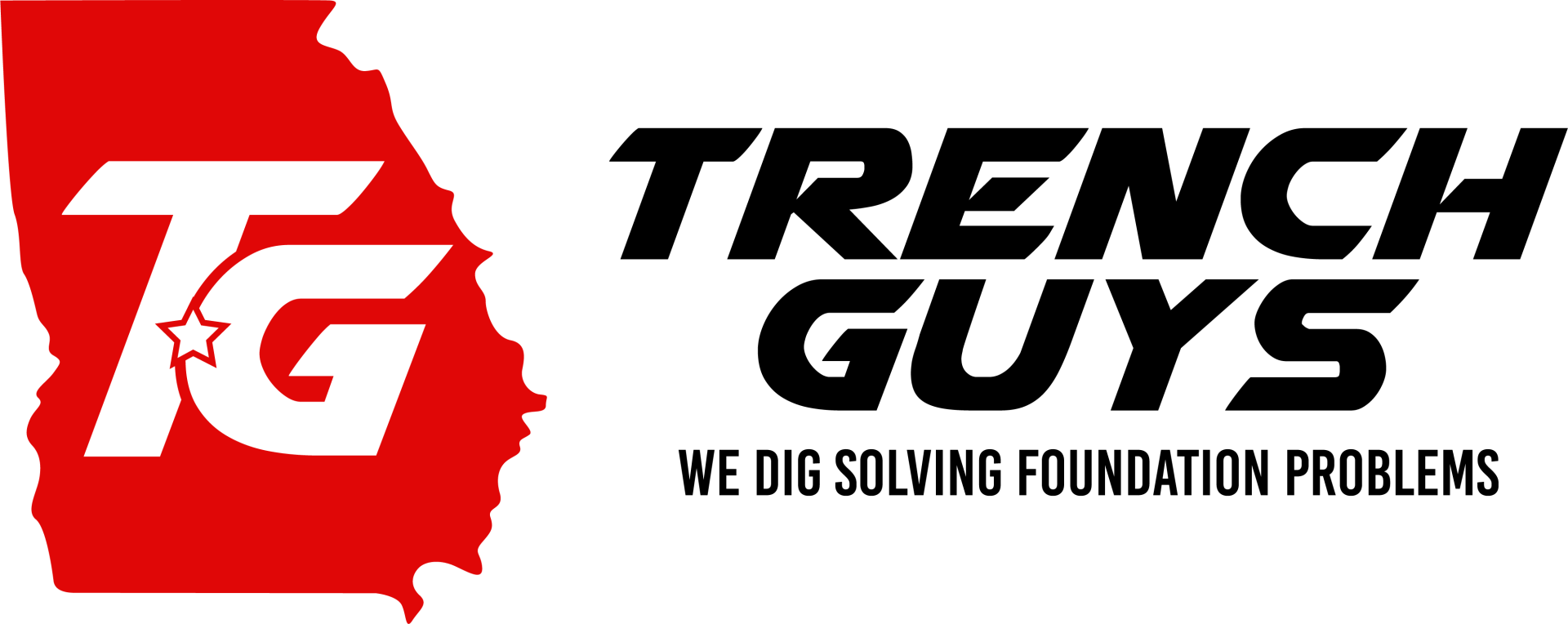Older homes carry with them a charm and history that many homeowners cherish. However, they also come with unique challenges that can impact comfort, air quality, and energy efficiency particularly when it comes to crawl space ventilation. Unlike modern constructions that consider ventilation from the ground up, older structures often lack adequate systems, making them prone to moisture problems, mold growth, and inefficient energy use.
This blog delves into the specific issues faced by older homes and provides insights into overcoming these challenges to create a healthier, more comfortable living environment. We'll explore how outdated designs, degradation over time, and previous inadequate repairs can contribute to the complexities of integrating effective crawl space ventilation. Understanding these factors is crucial for any homeowner looking to preserve their home’s integrity while enhancing its livability and sustainability.
Join us as we uncover the secrets hidden beneath the floors of your cherished home, offering both knowledge and solutions tailored to the preservation and enhancement of older homes through improved crawl space ventilation.
Unique Characteristics of Older Homes
Older homes possess distinct architectural qualities and are built with materials that present specific challenges for modern living standards, particularly in terms of ventilation. The design elements and the gradual deterioration over time can significantly affect how these homes should be updated to ensure healthy air quality and structural integrity. Here’s a closer look at these aspects:
Architectural Features and Materials
How Design and Building Materials of Older Homes Affect Ventilation Needs
The architectural style and construction materials used in older homes often result in unique ventilation challenges. Here are some key features and their impacts on ventilation:
- Solid Construction: Many older homes were built with solid walls without the cavities that modern buildings have, which can prevent effective cross-ventilation. These walls tend to retain moisture longer, increasing the risk of mold and mildew.
- Dense Materials: Buildings constructed from dense materials like stone or brick are more prone to issues with rising damp because these materials allow moisture from the ground to ascend through the wall structures.
- Inadequate Original Ventilation: Homes built in earlier centuries were not designed with modern heating and cooling in mind. Many rely solely on natural ventilation, which can be insufficient without the aid of modern HVAC systems.
- Unique Layouts and Odd Spaces: The quirky layouts common in older homes can complicate the distribution of air. Small crawl spaces, irregularly shaped rooms, and unusual home additions often create stagnant air pockets that are difficult to ventilate.
These features necessitate tailored solutions to enhance air circulation and moisture control, which can involve the installation of new HVAC systems, dehumidifiers, or specialized ventilation systems designed to work with the home’s unique characteristics.
Aging Infrastructure and Potential Deterioration
Common Wear and Tear Issues That Can Impact Ventilation
As homes age, they naturally deteriorate in ways that can significantly impact their ventilation needs:
- Deteriorating Building Envelope: Over time, the exterior walls, windows, and roofs of older homes can develop leaks and cracks. These imperfections not only allow external moisture to penetrate the building but also let conditioned air escape, complicating climate control and increasing energy costs.
- Outdated or Damaged Ductwork: Many older homes contain HVAC ducts that have never been updated. These can be leaky, inadequately insulated, or even completely blocked, all of which severely degrade air quality and HVAC efficiency.
- Compromised Foundations and Crawl Spaces: Foundation issues, common in older homes, can lead to standing water in basements or crawl spaces, especially if drainage systems are also aged or malfunctioning. This moisture becomes a source of humidity and mold within the home, and if not properly ventilated, can affect the entire house's air quality.
- Insulation Breakdown: Insulation materials degrade over time, and in older homes, they may settle or become less effective. Poor insulation can lead to thermal inefficiencies and moisture problems, particularly in attic spaces and behind walls where condensation can build up and contribute to mold growth.
Addressing these issues typically requires a thorough inspection by a professional who can recommend specific repairs or upgrades to enhance the home’s ventilation effectiveness and overall air quality. This might include sealing leaks, updating or cleaning ducts, and installing new moisture barriers or insulation.
Common Ventilation Challenges in Older Homes
Ventilation in older homes can often be problematic. These structures typically come with outdated systems and materials that may not meet modern standards for air quality and moisture control, leading to a range of issues from mild discomfort to serious structural damage. This section explores some of the most common challenges homeowners might face and provides strategies to mitigate them.
Inadequate or Obsolete Ventilation Systems
Issues Arising from Outdated or Insufficient Ventilation Designs
Many older homes were built before the advent of modern HVAC technology and thus feature ventilation systems that are often inadequate by today's standards. Here are some typical problems associated with these outdated systems:
- Natural Ventilation Limitations: Originally relying on natural airflow through windows and doors, these homes may struggle to circulate air properly in today's more sealed environment, leading to stagnant air and uneven temperatures.
- Obsolete HVAC Components: Heating and cooling systems that have not been updated in decades may use more energy and provide less comfort than newer systems. They may also fail to integrate well with modern smart home technologies that optimize energy use and air quality.
- Inefficient Air Ducts: Older ductwork might be poorly insulated, improperly sized, or badly routed which can severely restrict airflow and efficiency. Leaks in the duct system can significantly worsen indoor air quality by drawing in dust from attics or crawl spaces.
- Inadequate Exhaust Systems: Exhaust fans in bathrooms and kitchens are essential for removing odors and controlling humidity. In many older homes, these fans may be absent or lack the power needed to perform effectively, contributing to higher humidity levels and potential moisture problems.
To upgrade from these outdated systems, homeowners should consider installing a modern HVAC system with comprehensive duct inspection and correction. Additionally, adding new exhaust fans or upgrading existing ones can significantly improve moisture control and air quality.
Moisture and Mold Problems
Increased Susceptibility to Moisture-Related Issues and Their Implications
Moisture is a pervasive issue in older homes due to a combination of inadequate ventilation, lack of proper insulation, and aging building materials. Here are common moisture-related challenges:
- Condensation Issues: Poor insulation and thermal bridging can lead to condensation on walls and around windows, particularly in colder months. This condensation can soak into porous materials, leading to mold growth and wood rot.
- High Humidity Levels: Without proper ventilation and dehumidification, older homes can have persistently high humidity levels. Over time, this can deteriorate building materials and exacerbate health issues like asthma.
- Mold and Mildew Growth: Mold thrives in moist, warm conditions. In homes with poor ventilation, mold can grow unchecked in hidden spaces like behind walls or above ceiling panels, creating health risks and unpleasant odors.
- Structural Deterioration: Excessive moisture can lead to the deterioration of structural components such as joists and beams, particularly if the crawl space is not properly ventilated.
Combating these moisture issues typically involves a multi-pronged approach:
- Improving Air Circulation: This might include the installation of new ventilation fans, dehumidifiers, and better sealing around doors and windows.
- Moisture Barriers: In crawl spaces and basements, installing moisture barriers can help protect structural elements from ground moisture.
- Regular Inspections: Periodic checks for leaks, condensation, and mold can catch problems before they escalate, saving money and health in the long run.
Assessing Ventilation Needs in Older Homes
Proper ventilation is crucial for maintaining the structural integrity and air quality of older homes. Many of these homes were not built with the sophisticated ventilation technologies available today, making them susceptible to a range of issues from mold growth to structural damage due to moisture. Assessing the ventilation needs involves a thorough inspection of crawl spaces and other areas prone to air quality issues, as well as identifying signs that indicate existing or potential problems.
Conducting a Thorough Inspection
Key Elements to Examine During a Crawl Space Assessment
A comprehensive crawl space inspection is essential for any older home to ensure that the air quality and moisture levels are within acceptable limits. Here are the key elements that should be carefully examined during an assessment:
- Ventilation Points: Check all existing vents to ensure they are not blocked or sealed, as adequate airflow is critical to preventing moisture accumulation. Vents should be clear of obstructions both internally and externally to facilitate proper air exchange.
- Moisture Levels: Use a moisture meter to check the humidity levels in the crawl space. High moisture content in the air can lead to mold and mildew growth and can even rot the wooden structures supporting your home.
- Signs of Mold or Fungal Growth: Visually inspect for mold, mildew, or fungal growth on wood and other surfaces. These are clear indicators of excessive moisture and inadequate ventilation.
- Condition of Insulation: Examine the insulation for any signs of dampness or deterioration. Wet insulation is ineffective and can also be a breeding ground for mold.
- Air Ducts and Pipes: Inspect all ductwork and plumbing in the crawl space for leaks, which can introduce additional moisture into the area. Ensure that ducts are properly insulated to prevent condensation.
- Structural Integrity: Check the wooden joists and beams for any signs of rot or insect damage, which can compromise the structural integrity of your home.
- Odors: Notice any musty or moldy smells, which are often indicative of a moisture problem.
This thorough inspection will help identify whether the existing ventilation is adequate and functioning as intended or if improvements are necessary to ensure a healthy living environment.
Identifying Signs of Ventilation Issues
Recognizing Symptoms of Poor Crawl Space Ventilation
Detecting early signs of ventilation issues can prevent more significant problems down the road. Here are some symptoms that typically indicate poor crawl space ventilation:
- Persistent Musty or Moldy Smells: These odors are often the first sign of a moisture issue in the crawl space, suggesting that ventilation improvements are necessary.
- Increased Allergy Symptoms: Poor air quality due to inadequate ventilation can exacerbate allergies and respiratory issues among residents.
- Visible Mold Growth: Any visible mold on the interior surfaces of the crawl space or on the home's lower walls suggests high moisture levels and insufficient air circulation.
- Excessive Humidity in the Home: Feelings of dampness or a clammy atmosphere can indicate that moisture from the crawl space is seeping into living areas.
- Condensation on Windows: Excessive condensation on the inside of windows can be a sign of high indoor humidity levels, often due to poor ventilation.
- Rotting Wood: Structural wood that is softening, cracking, or crumbling can be a symptom of rot caused by excessive moisture, a direct result of poor ventilation.
Identifying these signs and addressing them through proper ventilation strategies is crucial in maintaining the health and safety of older homes. Enhancements may include installing new vents, improving ductwork, or adding a dehumidifier to manage moisture actively.
Modern Ventilation Solutions for Older Homes
Updating the ventilation system in an older home is crucial not only for improving indoor air quality but also for protecting the structure's integrity and the health of its inhabitants. Modern ventilation solutions can be retrofitted to work with the unique features of older homes, providing efficiency without compromising their historical integrity.
Retrofitting with Modern Ventilation Systems
Options for Upgrading to Current Ventilation Technologies
Retrofitting an older home with a modern ventilation system can dramatically improve air quality and energy efficiency. Here are several effective options:
- Whole-House Ventilation Systems: These systems are designed to replace the entire house’s air with fresh, filtered outdoor air several times a day. Technologies such as Energy Recovery Ventilators (ERVs) and Heat Recovery Ventilators (HRVs) are especially beneficial as they help conserve energy while ventilating.
- Exhaust Fans: Upgrading kitchen and bathroom exhaust fans can significantly improve moisture control and reduce indoor pollutants. Modern fans are quieter and more energy-efficient and can be fitted with timers or humidity sensors to run only when necessary.
- Duct Sealing and Insulation: Many older homes have leaky ductwork that wastes energy and compromises air quality. Sealing these ducts and ensuring they are well-insulated can improve system efficiency and reduce heating and cooling costs.
- Smart Ventilation Controls: Installing smart thermostats and controls that automatically adjust ventilation rates based on the number of people in the home and the weather conditions can optimize energy use and maintain comfortable air quality.
- Window Upgrades: Replacing old windows with new, operable windows can improve natural ventilation and also help with insulation, reducing dependency on mechanical ventilation.
These retrofit options allow homeowners to upgrade their ventilation systems effectively, ensuring they meet modern standards of air quality and energy efficiency while remaining sensitive to the architectural integrity of the historical structures.
Balancing Preservation with Modernization
How to Maintain the Home's Character While Improving Ventilation
Modernizing the ventilation system in an older home does not mean compromising its character. Here are some ways to balance historical preservation with necessary updates:
- Use Reversible Changes: Where possible, choose ventilation updates that can be reversed. For example, use external ducts that do not require permanent changes to the structure or install new vents that can be removed in the future without leaving significant marks.
- Conceal Installation: Integrate modern technology discreetly. Run new ducts through closets, behind existing walls, or under floors to keep them out of sight. Use grills and vent covers that match the home's period to maintain the aesthetic integrity.
- Preserve Interior Features: Be mindful of the home’s original features, such as moldings, frescoes, and decorative ceilings, when installing new ventilation. Work around these features rather than alter them to accommodate new technology.
- Consult with Preservation Experts: When planning ventilation upgrades, consulting with historical preservation experts can provide insights into the most non-intrusive methods for incorporating modern systems.
- Regular Maintenance: Beyond installation, ensure that the ventilation system is regularly maintained to prevent the need for major overhauls that could impact the home's character in the future.
By thoughtfully choosing and integrating modern ventilation technologies, homeowners can significantly enhance the livability and sustainability of their older homes without sacrificing their unique charm and historical value.
Tailoring Solutions to Specific Challenges
Older homes, with their distinct architectural charms and building challenges, require specialized approaches to ventilation that respect their structural integrity while enhancing indoor air quality and comfort. This part of the blog discusses how to develop customized ventilation strategies and explores innovative products and techniques that are particularly suited for these types of homes.
Customized Ventilation Strategies
Developing a Plan that Addresses the Unique Needs of an Older Home
Creating a tailored ventilation strategy for an older home involves several key considerations to ensure that the solutions effectively address the specific needs while preserving the home’s character:
- Comprehensive Home Assessment: Begin with a detailed assessment of the home's current ventilation system, structural peculiarities, and potential air quality issues. This assessment should include checking for existing vents, the state of the ductwork, potential mold and moisture areas, and overall air flow dynamics within the home.
- Identifying Specific Needs: Each older home has its unique challenges based on its construction, history, and condition. Identify specific needs such as improving moisture control in a stone basement, enhancing air flow in a tightly sealed attic, or updating a non-existent or antiquated whole-house ventilation system.
- Integrating Advanced Ventilation Technologies: Depending on the needs identified, integrate advanced technologies that align with the home's requirements. This may include installing ERVs or HRVs that can efficiently exchange indoor air with fresh outdoor air while conserving energy in temperature-regulated air transfer.
- Customizing Ductwork: Often, older homes require customized ductwork solutions that do not interfere with the architectural integrity. This might involve flexible ducting or minimally invasive installation techniques to preserve historical elements.
- Zoning Systems: Implement zoning controls that allow different areas of the home to be heated or cooled based on use and need, which improves comfort and efficiency.
- Regulation and Control: Utilize smart thermostats and humidity sensors to maintain optimal climate control automatically. These systems adjust the indoor environment based on real-time data and can be programmed to suit lifestyle patterns.
Innovative Products and Techniques
Introduction to Products and Methods Particularly Suited for Older Homes
To effectively update the ventilation in older homes without compromising their structural or aesthetic integrity, consider the following innovative products and techniques:
- Energy Recovery Ventilators (ERVs): These are particularly suited for climates where both heating and cooling are necessary. ERVs exchange the stale indoor air with fresh outdoor air, recovering heat and moisture from the exchanged air, thus improving both ventilation and energy efficiency.
- Advanced Dehumidifiers: For homes in humid regions, advanced dehumidifiers can be integrated into the HVAC system to control moisture levels throughout the house, crucial for preventing mold growth and structural decay.
- Ultraviolet (UV) Air Purifiers: Install UV air purifiers within the HVAC system to improve indoor air quality. These units can neutralize airborne pathogens and allergens, which is beneficial in older homes that may have accumulated irritants over decades.
- Aeroseal Duct Sealing: A technique that uses polymer particles to seal leaks from within the ductwork. This method is highly effective and minimally invasive, ideal for intricate and delicate duct systems in older homes.
- Smart Vents: These can be installed to automatically adjust airflow to different rooms, ensuring efficient heating and cooling, which is often a challenge in uniquely structured older homes.
- Geothermal Systems: Although installation is more invasive, geothermal systems offer a long-term, sustainable energy solution by using the constant temperature of the earth to regulate home temperature.
By carefully selecting and integrating these products and methods, homeowners can significantly enhance the comfort, air quality, and energy efficiency of their older homes without detracting from their historical significance or structural integrity.
FAQs
Contact Trench Guys Today!
Trench Guys will do everything we can to ensure your experience with us is excellent.
Request A FREE Estimate
Request a Free Estimate Form
Checkout Recent Post
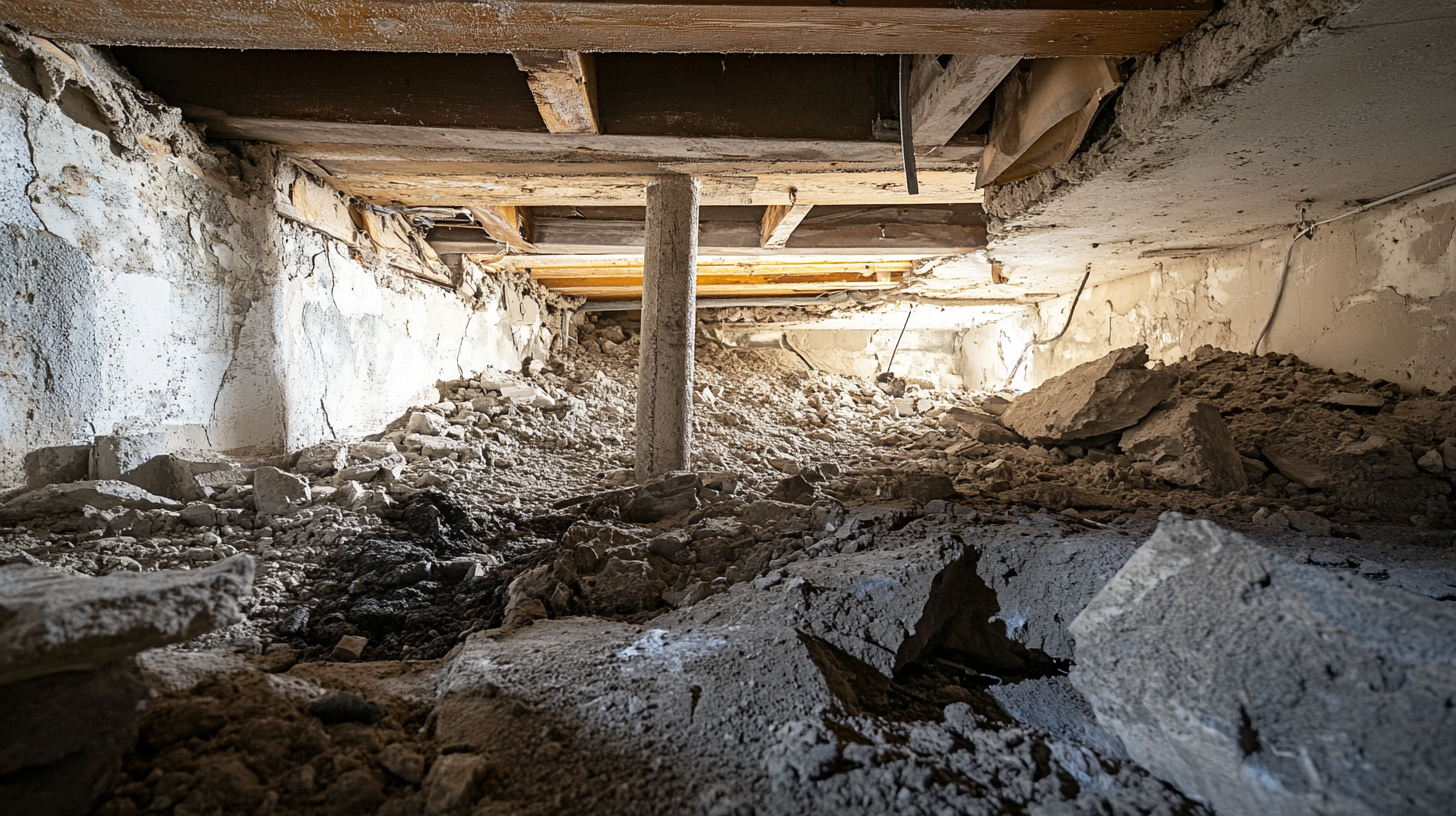
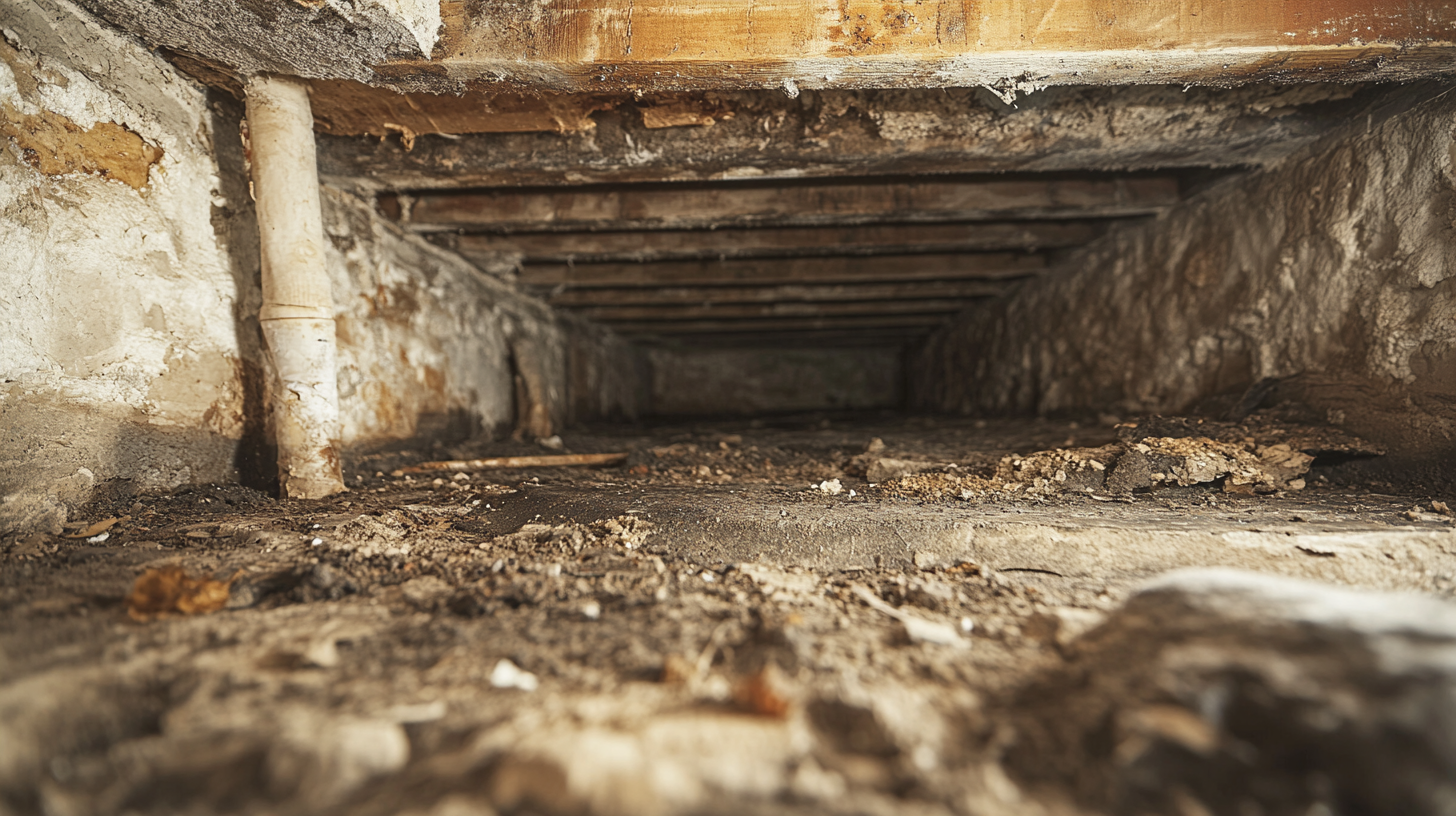

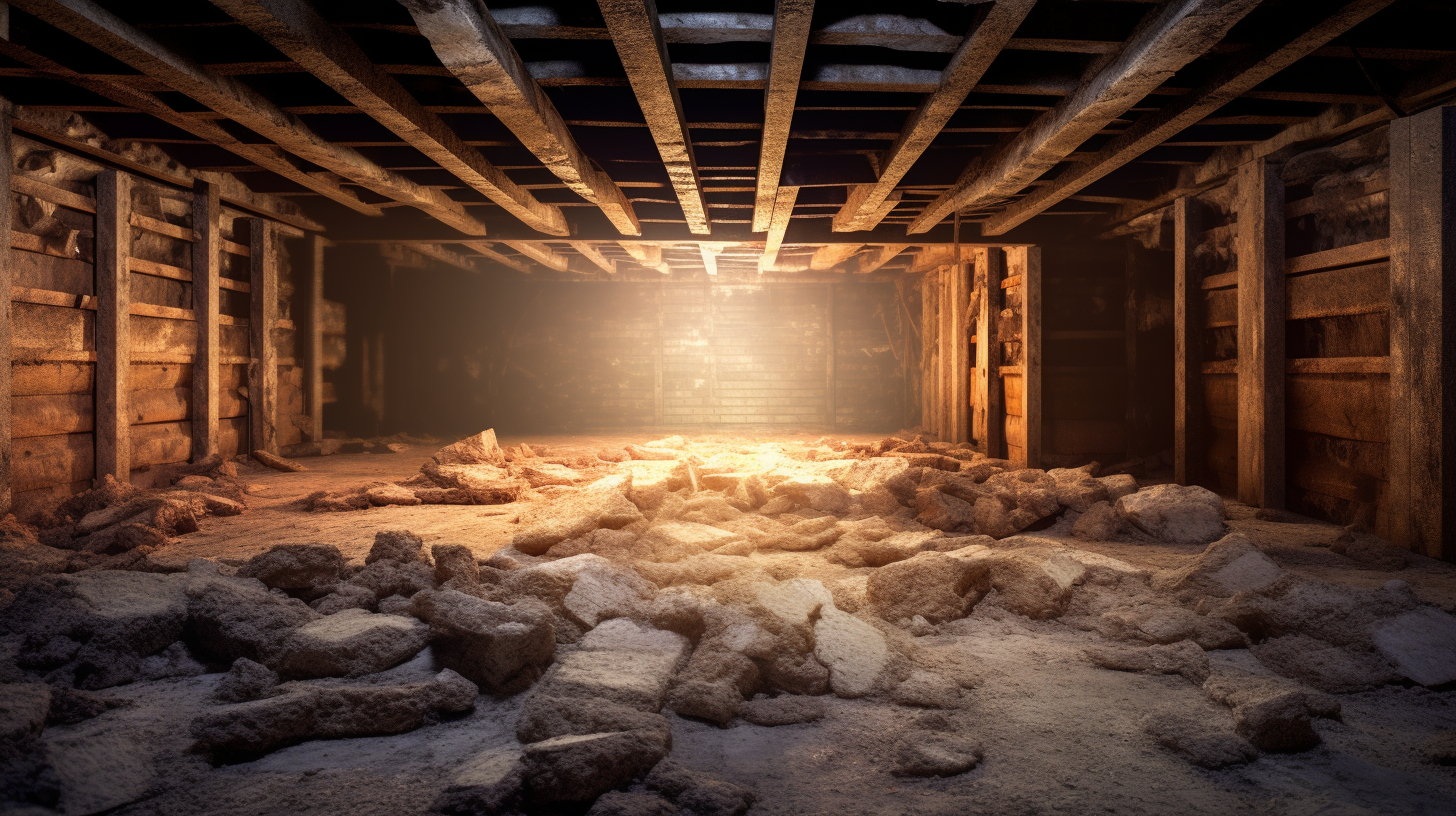
Got a Question? We’re Here to Help.
You can arrange an appointment or make an enquiry by phone or email, orget in touch to us via our contact form.
